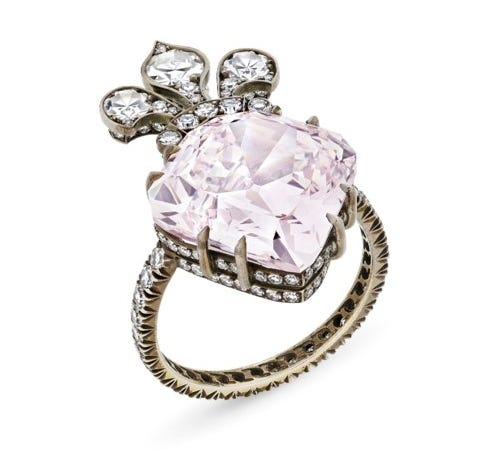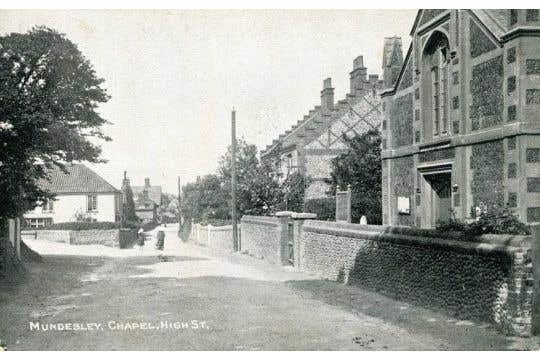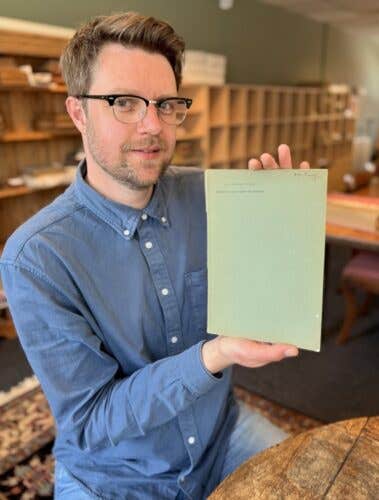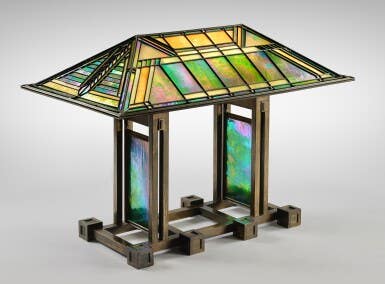Napoleon’s Sword Conquers Auction
An elaborate Neoclassical saber made for Napoleon when he was First Consul more than quadrupled its high estimate at an auction in Paris.
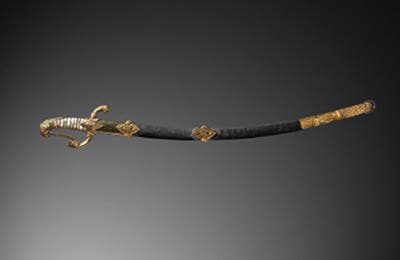

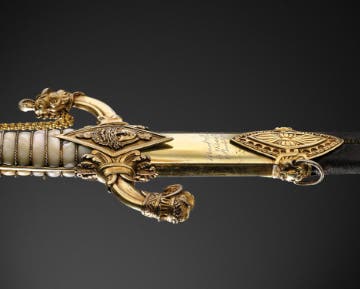
Whether he is celebrated for his skill as a military leader or presented as a cautionary tale about the pursuit of power, Napoleon Bonaparte remains one of European history’s most fascinating figures. A sword he commissioned around 1802, during his term as First Consul, and kept until the end of his reign as emperor came to auction at Giquello on May 22, held at the Hôtel Drouot in Paris. With a presale estimate of €700,000 to €1 million (about $788,000 to $1,100,000), it sold for €4.6 million, or about $5.2 million.
Inscribed “N Bonaparte” and dated to Year XI of the French Republican calendar, or between September 23, 1802, and September 23, 1803, there is no mistaking who the sword was for or when it was made. Napoleon did not part with it until shortly before the Battle of Waterloo, when he gave it to Emmanuel de Grouchy, Marshal of the Empire. It remained in de Grouchy’s family until it came to auction.
The sword is not only remarkable for its historical significance. It is also an exceptional piece of neoclassical design. It was made by Nicolas-Noël Boutet, director of the arms factory at Versailles, who incorporated classical-style ornaments into his gun and sword designs. Napoleon’s sword, styled as a saber with a curved Damascus blade, is decorated with gold, silver, and mother-of-pearl materials. Relief decorations include familiar motifs like palmettes and ram’s heads, figures from Greco-Roman mythology like Medusa and the Nemean lion that Hercules defeated, and a relief representing the First Consul at the head of an army.
Napoleon had a strong influence on the decorative arts of his time and often used them as propaganda. He promoted a heroic image of himself, frequently supported by historical references and mythological imagery. This sword is part of the tradition.
You may also like:



